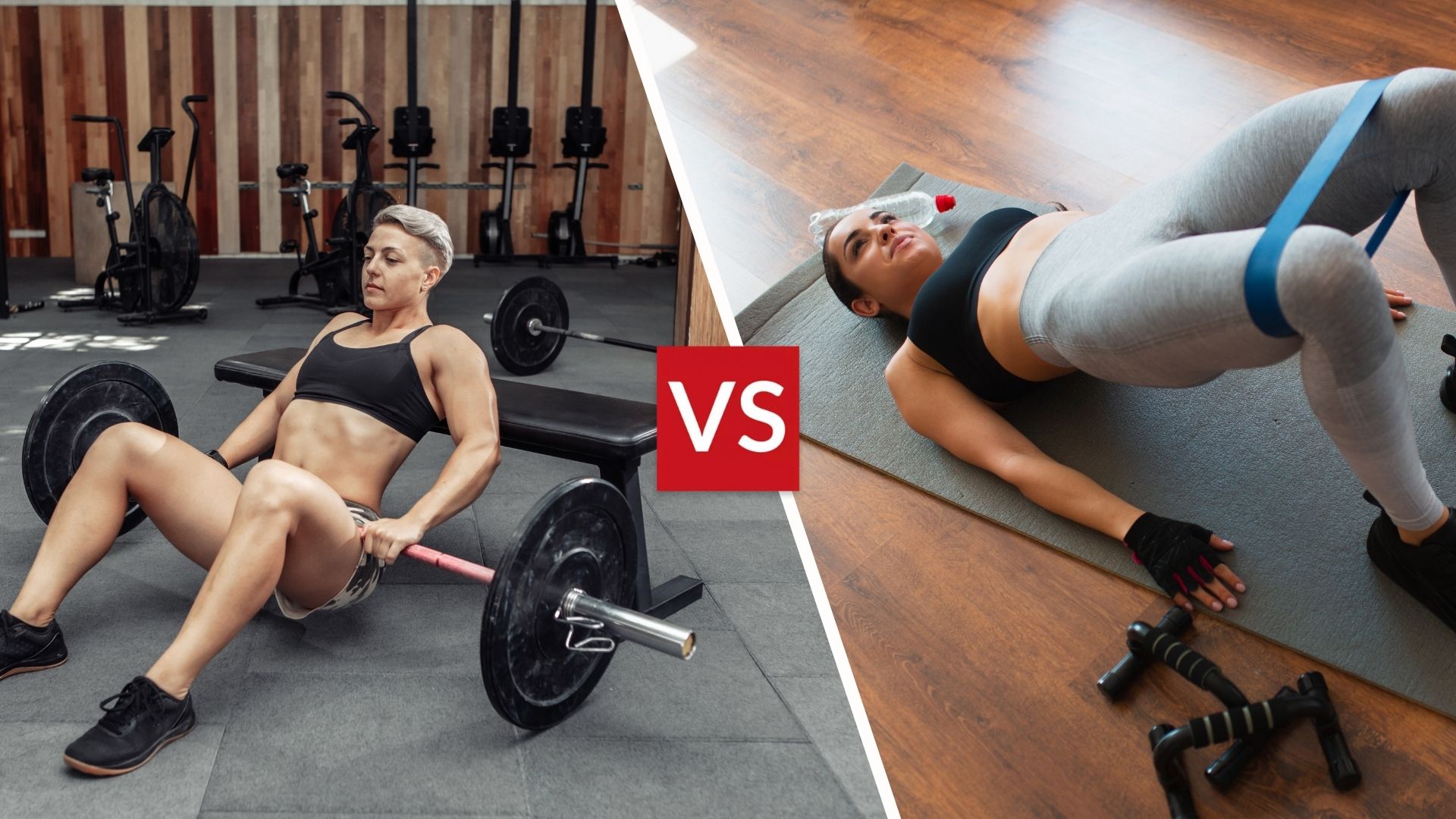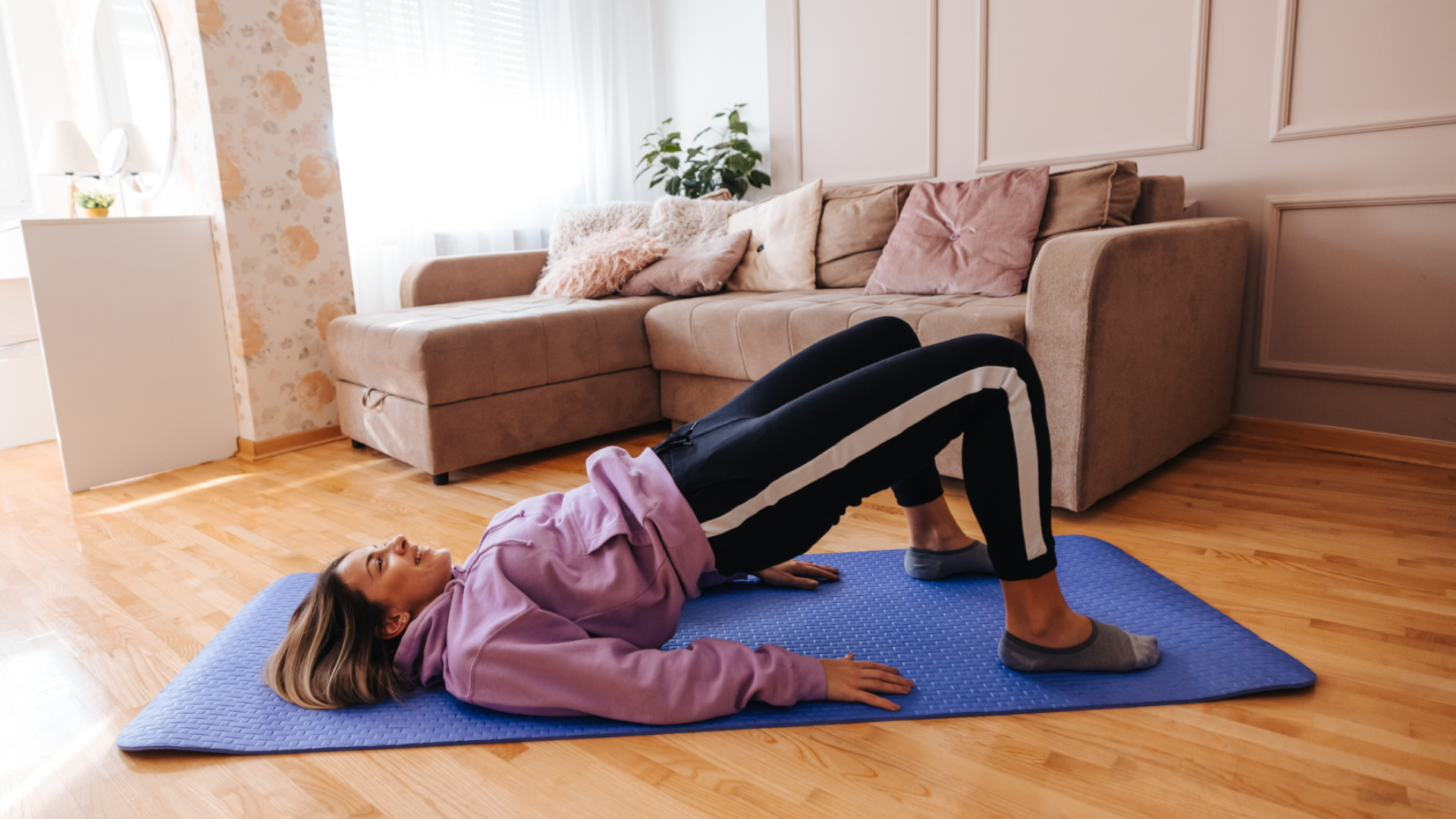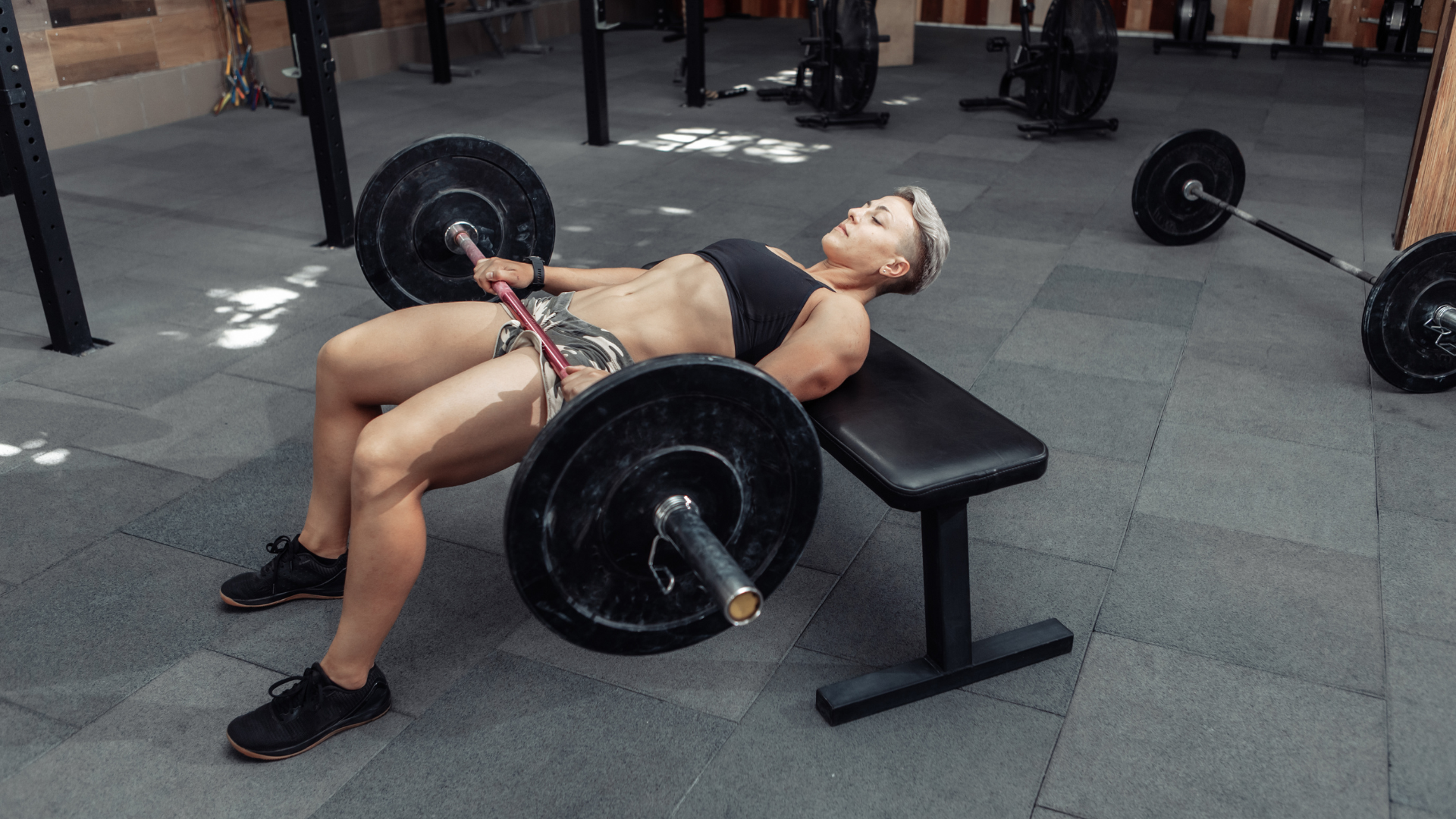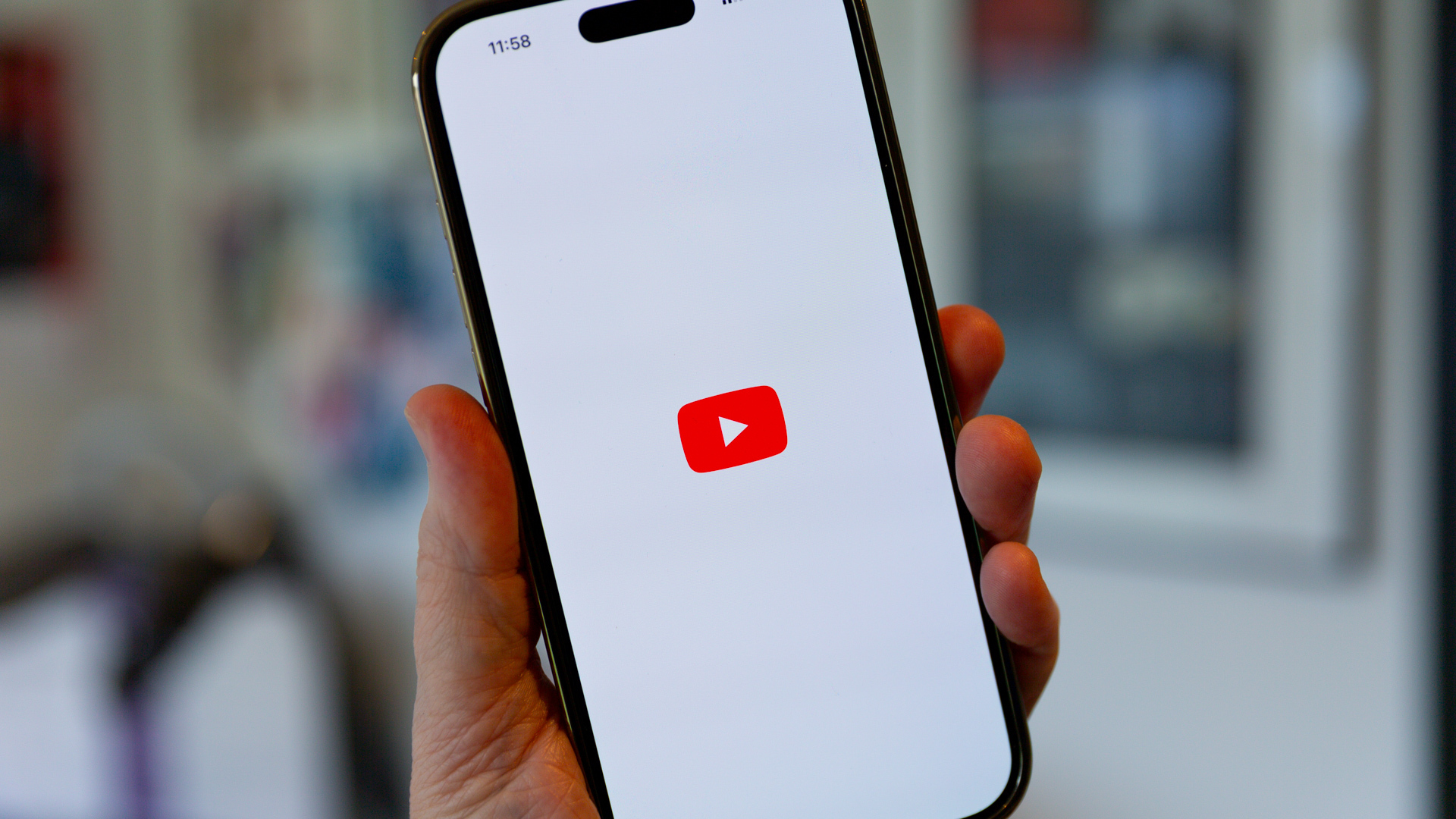

The focus on glutes used to simply be about building a bigger booty, but things have moved on from this. We have three glute muscles (the gluteus maximus is the largest in the body) and strengthening them won’t just enhance your derriere, it aids balance, improves athletic performance and can also reduce the likelihood of injury.
Two of the most popular exercises to target our backside are the glute bridge and hip thrust. Although still a compound exercise, unlike the squat and deadlift, they place far more emphasis on the glutes, as opposed to multiple lower body muscles. But, which is delivers better results? Are you better off thrusting away using a barbell and weight bench, or is dropping things to the floor more beneficial? With the help of an expert, we try to answer that very question.
Glute bridge: a closer look

The glute bridge is where you lift your hips off the ground and squeeze your glutes as hard as you can. “It primarily targets the gluteus maximus, hamstrings and lower back,” says Lucie Cowan, Master Trainer at Third Space London. “Glute bridges are more beneficial for beginners, aiding in developing a mind-muscle connection with the glutes and improving hip mobility.”
It’s a very accessible and scalable exercise, as you can perform glute bridges using just your bodyweight. Then, as you progress, you can add more resistance to turn things up a notch, like incorporating a loop resistance band or even placing a single dumbbell or kettlebell on your hips. Even if you don’t have any home gym equipment, the exercise can still be made harder by raising one leg, or placing both feet onto a chair. This is why it’s such a popular exercise for home workouts.
“For individuals with lower back concerns the glute bridge can also be a preferred option, as it places less stress on the lumbar spine compared to the hip thrust, providing a safer alternative for those with specific considerations,” says Lucie. “Plus, it allows individuals to establish a connection with their glutes and focus on form before advancing to more complex movements.”
Hip thrusts: a closer look

The hip thrust is more advanced than the glute bridge, where your upper back is elevated on a weight bench (or hip thrust box). It would then normally be performed with a barbell placed across your hips, but some people use a dumbbell or kettlebell.
What makes hip thrusts the more difficult of the two is that you have to work through a greater range of motion. “Elevating the upper back on a bench enhances the challenge, making it an excellent choice for those seeking more intensity and muscle growth,” explains Lucie. “Hip thrusts are particularly effective for targeting the glutes’ upper fibres, contributing to a well-rounded and sculpted appearance.”
Sign up to the T3 newsletter for smarter living straight to your inbox
Get all the latest news, reviews, deals and buying guides on gorgeous tech, home and active products from the T3 experts
You also have a greater opportunity to go heavy on the hip thrust because you’re using a barbell and weight plates, which you just wriggle under. Whereas if you want to go heavy on a glute bridge it can be a lot of hassle trying to lift a lot of weight onto your hips. Although, it’s not necessary to go super heavy with hip thrusts, as a 2020 review in the Journal of Sport Science and Medicine found that performing the hip thrust at just 36% of your one rep max resulted in similar glute activation to a squat and Romanian deadlift one rep max.
However, as with most things that are more difficult, it opens up more room for error. The most common mistakes with the hip thrust include overarching the lower back, not pushing through the heels and the wrong foot positioning, all of these will take the emphasis away from your glutes and place it elsewhere (most often the back or quads).
Which is better: glute bridge or hip thrusts?
Ultimately, Lucie says that both exercises can be beneficial when incorporated strategically into a well-rounded training program. However, it really comes down to your goals and fitness levels when deciding is better.
If you’re really looking to increase strength or build muscle in your glutes, the hip thrust will provide you with more opportunity to do this due to its loading potential and increased range of motion. “The glute bridge, however, may be preferred for its accessibility, simplicity, and lower back friendliness, especially for beginners or those with specific physical considerations,” says Lucie.
That’s not to say you can’t build muscle or strength with the glute bridge by the way, you most certainly can. However, you will need to be more conscious about progressive overload (where you increase the intensity of an exercise), whether that’s by adding in a piece of equipment to make it more challenging, change your body position or tempo, because if your muscles aren’t challenged they won’t grow or become stronger.

Bryony’s T3’s official ‘gym-bunny’ and Active Staff Writer, covering all things fitness. She recently completed her Level 3 PT qualification with the PFCA to bring a deeper understanding of training techniques, fitness trends, and wellness advice to her writing. In her spare time, you will find her in her natural habitat - the gym - where her style of training is a hybrid of bodybuilding and powerlifting. Bryony loves writing about accessible workouts, nutrition and testing innovative fitness products that help you reach your fitness goals and take your training to the next level.
-
 OnePlus Watch 3 lands in the UK with a flurry of freebies and a huge discount
OnePlus Watch 3 lands in the UK with a flurry of freebies and a huge discountThe new titanium-clad smartwatch brings 120-hour battery life, ECG health checks, and some serious launch offers
By Matt Kollat Published
-
 Future YouTube feature could put an end to your doomscrolling
Future YouTube feature could put an end to your doomscrollingAnd that's something we would love to see
By Britta O'Boyle Published